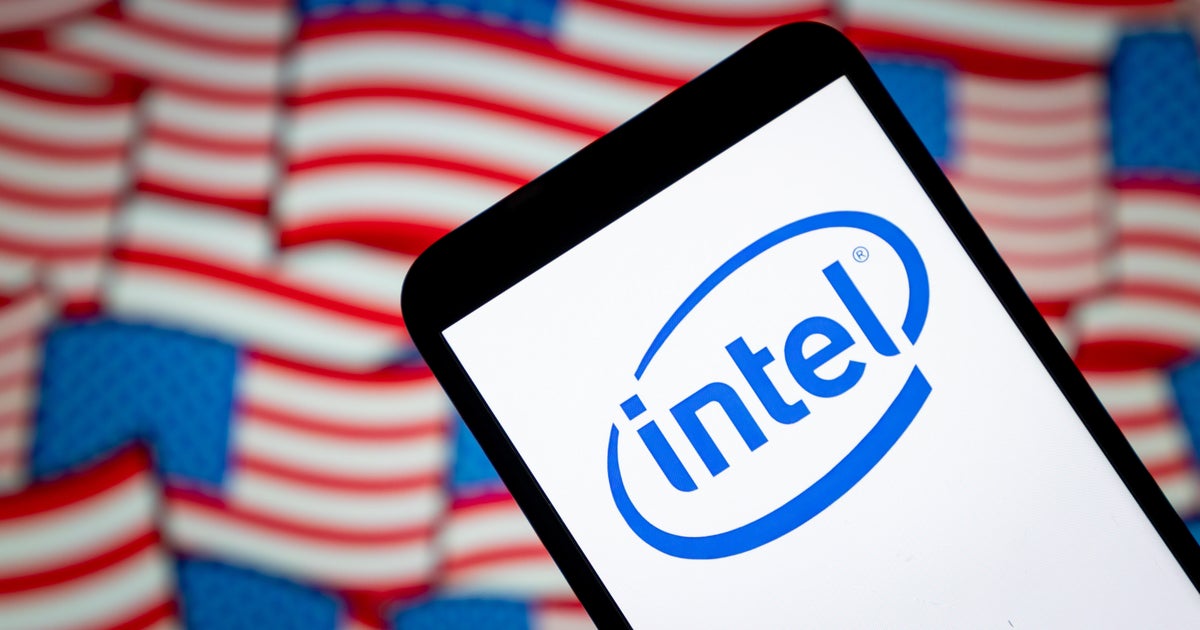SpaceX is getting ready to launch a Northrop Grumman Cygnus spacecraft on its main Falcon 9 rocket for the first time next week. The launch of the NG-20 resupply mission is set for no earlier than Tuesday, Jan. 30 at 12:07 p.m. EST (1707 GMT). As its name suggests, this is the twentieth cargo flight that Northrop Grumman has sent to the International Space Station (ISS), but the first time that the company’s Cygnus cargo craft has been sent to the orbital lab atop a SpaceX Falcon 9 rocket. During a pre-flight teleconference on Friday (Jan. 26), William Gerstenmaier, vice president of Build and Flight Reliability at SpaceX, said that the Falcon 9’s payload fairing, the shell that surrounds and protects a spacecraft during ascent while atop a rocket, needed to be altered to add a hatch measuring 5 feet by 4 feet (1.5m by 1.2m). The hatch gives ground crews the ability to add extra “late-load” cargo before launch including special treats like ice cream for the astronauts aboard the space station, Gerstenmaier said. Gerstenmaier added that the complexity of adding the hatch contributed to the decision to postpone the launch one day to Jan. 30. That’s because the area inside that hatch must be environmentally controlled, since any contamination on Cygnus’s docking hardware could affect how well it berths at the ISS. “So that’s a pretty intense activity,” Gerstenmaier said. “This will be the first time we’ve done that. It’s taken a lot of modifications on our part to get this hardware ready to go fly.” Related: A robot surgeon is headed to the ISS to dissect simulated astronaut tissue Aboard the latest Cygnus freighter will be fresh foods and supplies for the astronauts currently aboard the space station and a slew of sophisticated science experiments, including the first robotic surgeon to make it up to the ISS.  MIRA, Virtual Incision’s miniaturized robotic assisted surgery system, is pictured in position to reach rubber bands serving as simulated surgical tissue. (Image credit: NASA/Virtual Incision) Cyrus Dhalla, vice president and general manager of tactical space systems at Northrop Grumman, explained that Cygnus will stay docked at the International Space Station for roughly six months, during which it might be called upon to boost the space station back up to its optimal altitude. That’s because the station slowly falls towards Earth over time due to atmospheric drag.
MIRA, Virtual Incision’s miniaturized robotic assisted surgery system, is pictured in position to reach rubber bands serving as simulated surgical tissue. (Image credit: NASA/Virtual Incision) Cyrus Dhalla, vice president and general manager of tactical space systems at Northrop Grumman, explained that Cygnus will stay docked at the International Space Station for roughly six months, during which it might be called upon to boost the space station back up to its optimal altitude. That’s because the station slowly falls towards Earth over time due to atmospheric drag.  Northrop Grumman’s Cygnus cargo craft is pictured from the International Space Station as it approaches while orbiting 261 miles above the coast of the Garabogazköl Basin in Turkmenistan. (Image credit: NASA) When its time at the ISS is complete, Cygnus will depart carrying trash and other waste to be disposed of in a fiery reentry in Earth’s atmosphere, which is “another really important function of the platform,” Dhalla added. Previous Cygnus cargo missions flew atop Northrop Grumman’s Antares rocket, but the current version of that vehicle is being phased out due to Russia’s ongoing invasion of Ukraine. Supply chains for Antares, which relied on Ukrainian-built first stages and Russian rocket engines, have been disrupted by the invasion. Antares 230 made its last flight in August 2023.
Northrop Grumman’s Cygnus cargo craft is pictured from the International Space Station as it approaches while orbiting 261 miles above the coast of the Garabogazköl Basin in Turkmenistan. (Image credit: NASA) When its time at the ISS is complete, Cygnus will depart carrying trash and other waste to be disposed of in a fiery reentry in Earth’s atmosphere, which is “another really important function of the platform,” Dhalla added. Previous Cygnus cargo missions flew atop Northrop Grumman’s Antares rocket, but the current version of that vehicle is being phased out due to Russia’s ongoing invasion of Ukraine. Supply chains for Antares, which relied on Ukrainian-built first stages and Russian rocket engines, have been disrupted by the invasion. Antares 230 made its last flight in August 2023.
SpaceX Falcon 9 rocket adjusted for Northrop Grumman Cygnus cargo launch on Jan. 30













